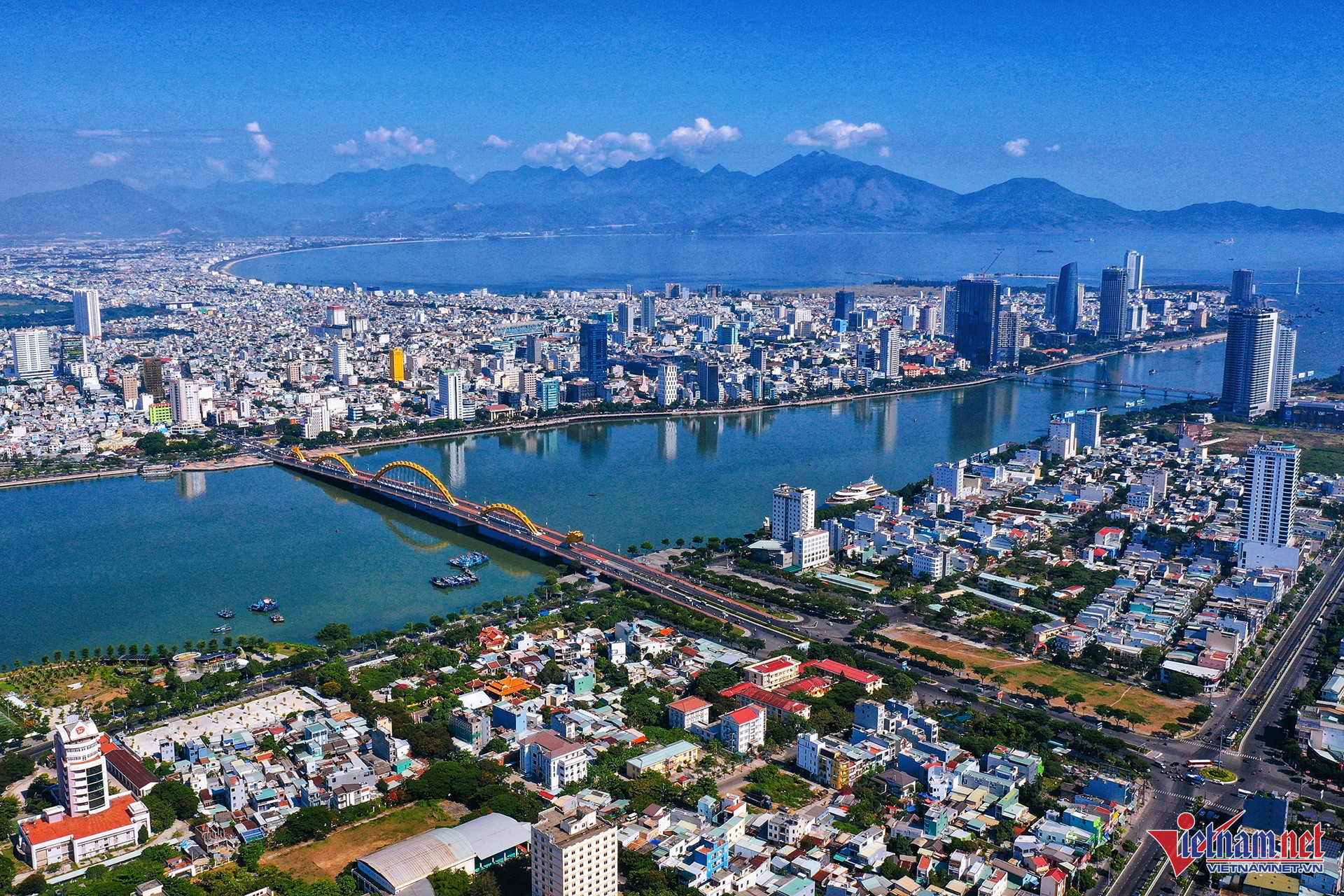
In a significant restructuring move, Vietnam has released the proposed names and political-administrative centers (provincial capitals) for 34 new provincial-level administrative units following mergers in accordance with Resolution No. 60, which was recently signed and issued by General Secretary To Lam during the 11th Plenary Conference of the 13th Central Committee.
Under Resolution 60 of the 11th Central Committee Conference, the Party agreed to consolidate the provincial-level administrative map to 34 units, comprising 28 provinces and 6 centrally-run cities.
The expected 28 provinces include Lai Chau, Dien Bien, Son La, Lang Son, Quang Ninh, Cao Bang, Tuyen Quang, Lao Cai, Thai Nguyen, Phu Tho, Bac Ninh, Hung Yen, Ninh Binh, Thanh Hoa, Nghe An, Ha Tinh, Quang Tri, Quang Ngai, Gia Lai, Khanh Hoa, Lam Dong, Dak Lak, Dong Nai, Tay Ninh, Vinh Long, Dong Thap, An Giang, and Ca Mau.
The 6 centrally-governed cities are Hanoi, Hai Phong, Hue, Da Nang, Ho Chi Minh City, and Can Tho.
Out of the 34 provincial-level units, 11 will not undergo mergers, while 23 will be newly formed through mergers of 52 existing provinces and cities.
I. Provincial-level administrative units not undergoing merger
1. Hanoi
2. Hue
3. Lai Chau
4. Dien Bien
5. Son La
6. Lang Son
7. Quang Ninh
8. Thanh Hoa
9. Nghe An
10. Ha Tinh
11. Cao Bang
II. New provincial-level administrative units after merger
1. Merger of Tuyen Quang and Ha Giang, retaining the name Tuyen Quang, with the capital in present-day Tuyen Quang.
2. Merger of Lao Cai and Yen Bai, retaining the name Lao Cai, with the capital in present-day Yen Bai.
3. Merger of Bac Kan and Thai Nguyen, retaining the name Thai Nguyen, with the capital in present-day Thai Nguyen.
4. Merger of Vinh Phuc, Phu Tho, and Hoa Binh into Phu Tho, with the capital in present-day Phu Tho.
5. Merger of Bac Ninh and Bac Giang into Bac Ninh, with the capital in present-day Bac Giang.
6. Merger of Hung Yen and Thai Binh into Hung Yen, with the capital in present-day Hung Yen.
7. Merger of Hai Duong and Hai Phong into Hai Phong, with the capital in present-day Hai Phong.
8. Merger of Ha Nam, Ninh Binh, and Nam Dinh into Ninh Binh, with the capital in present-day Ninh Binh.
9. Merger of Quang Binh and Quang Tri into Quang Tri, with the capital in present-day Quang Binh.
10. Merger of Quang Nam and Da Nang into Da Nang, with the capital in present-day Da Nang.
11. Merger of Kon Tum and Quang Ngai into Quang Ngai, with the capital in present-day Quang Ngai.
12. Merger of Gia Lai and Binh Dinh into Gia Lai, with the capital in Binh Dinh.
13. Merger of Ninh Thuan and Khanh Hoa into Khanh Hoa, with the capital in present-day Khanh Hoa.
14. Merger of Lam Dong, Dak Nong, and Binh Thuan into Lam Dong, with the capital in present-day Lam Dong.
15. Merger of Dak Lak and Phu Yen into Dak Lak, with the capital in present-day Dak Lak.
16. Merger of Ba Ria - Vung Tau, Binh Duong, and Ho Chi Minh City into Ho Chi Minh City, with the capital in present-day Ho Chi Minh City.
17. Merger of Dong Nai and Binh Phuoc into Dong Nai, with the capital in present-day Dong Nai.
18. Merger of Tay Ninh and Long An into Tay Ninh, with the capital in Long An.
19. Merger of Can Tho, Soc Trang, and Hau Giang into Can Tho, with the capital in present-day Can Tho.
20. Merger of Ben Tre, Vinh Long, and Tra Vinh into Vinh Long, with the capital in present-day Vinh Long.
21. Merger of Tien Giang and Dong Thap into Dong Thap, with the capital in Tien Giang.
22. Merger of Bac Lieu and Ca Mau into Ca Mau, with the capital in present-day Ca Mau.
23. Merger of An Giang and Kien Giang into An Giang, with the capital in Kien Giang.
Tran Thuong